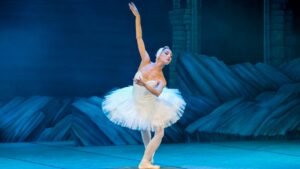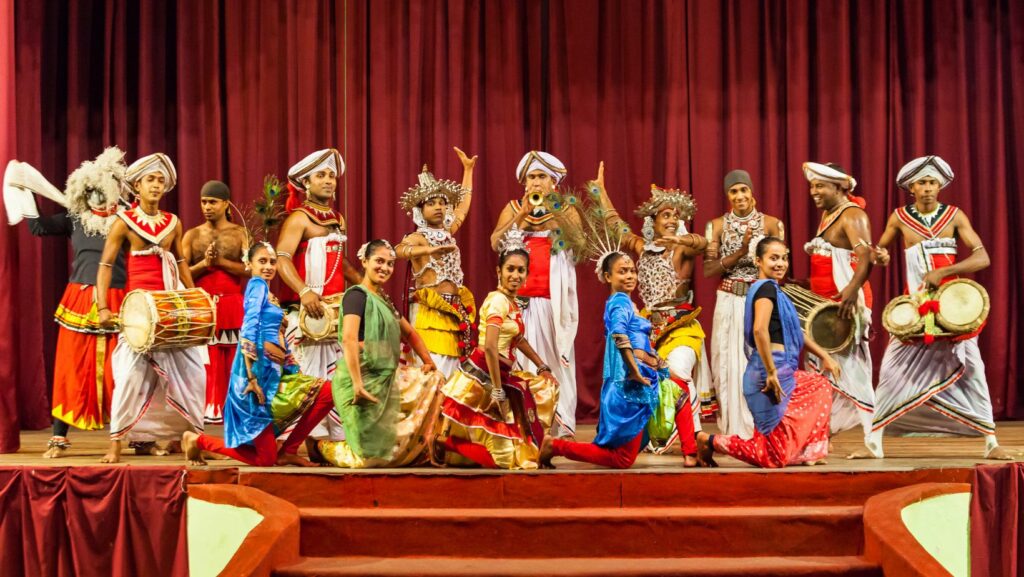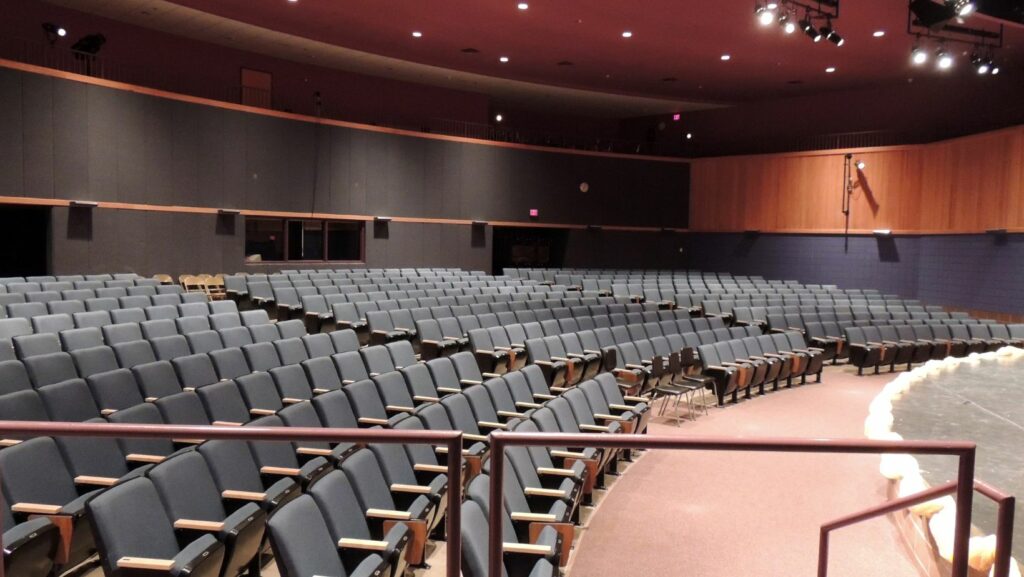Visual performing arts captivate audiences by merging the power of sight and movement into an immersive experience. From the breathtaking choreography of a ballet to the vivid storytelling of a theater production, these art forms engage viewers in a dynamic dialogue that transcends spoken language. As society evolves, visual performing arts continue to push boundaries, exploring new mediums and innovative techniques.
Visual Performing Arts
 Visual performing arts combine elements of movement, expression, and visual aesthetics. This blend creates a unique form of communication that transcends language barriers. Ballet, theater, and opera exemplify these art forms, using body movements and visual components to convey stories and emotions.
Visual performing arts combine elements of movement, expression, and visual aesthetics. This blend creates a unique form of communication that transcends language barriers. Ballet, theater, and opera exemplify these art forms, using body movements and visual components to convey stories and emotions.
As technology advances, visual performing arts incorporate new techniques like digital multimedia, ensuring they remain relevant and innovative. This adaptation allows artists to explore new creative expressions and maintain the dynamic nature that characterizes these art forms. Through this evolution, visual performing arts continue to inspire and connect diverse audiences worldwide.
Historical Evolution of Visual Performing Arts
Visual performing arts have transformed continuously, reflecting cultural shifts and technological advancements. From ancient rituals to contemporary expressions, their evolution reveals a history.
Early Beginnings
In ancient civilizations like Greece and Egypt, visual performing arts held ceremonial significance. Greek theater integrated acts with expressive costumes and masks. Ritual dances in Egypt used symbolic movements to convey religious narratives. These early forms laid the groundwork for blending sight and motion, evolving into structured performance art.
Modern Developments
The advent of new technologies in the 20th century brought significant changes to visual performing arts. Innovations like film and video introduced dynamic set designs and special effects in theater and opera. Contemporary artists experiment with multimedia installations, integrating projection mapping and interactive visuals.
Key Elements of Visual Performing Arts
Visual performing arts thrive at the intersection of sight and movement, captivating audiences with their dynamic expression and artistic design.
 Movement and Expression
Movement and Expression
Movement in visual performing arts involves coordinated gestures that communicate stories or emotions without words.
Ballet exemplifies this through precise and fluid movements that convey narrative and emotion. The graceful, disciplined posture of dancers helps to visualize the story being told.
Visual Design and Aesthetics
Visual design elevates the aesthetic appeal of visual performing arts, using elements like set design, costumes, and lighting to establish the scene and mood. Set designs transform spaces, creating immersive environments that complement the narrative. Costumes reflect character and era, contributing to the authenticity of the production.
Notable Forms and Genres
Visual performing arts encompass a wide range of forms and genres that continue to captivate audiences. Each category offers distinct characteristics that contribute to the overall art form’s beauty and complexity.
Theater and Drama
Theater and drama stand out in visual performing arts for their focus on storytelling. Actors use a combination of dialogue, facial expressions, and body language to bring characters and narratives to life. Traditional plays like Shakespeare’s works, as well as contemporary dramas, use elaborate set designs and costumes to enhance storytelling.
Dance and Ballet
Dance and ballet prioritize movement to convey emotion and narrative, often using music as an accompaniment. Ballet is renowned for its precision and grace, employing classical techniques and intricate choreography. Contemporary dance, on the other hand, embraces more freedom in movement, allowing for diverse expressions. Dance troupes often create visually stunning performances through creative costumes and stage lighting, which enhances impact.
Impact on Society and Culture
Visual performing arts significantly shape society and culture, creating lasting impressions through their portrayal of emotion and narrative. These art forms enrich communities by fostering creativity and dialogue.
Cultural Significance
Visual performing arts serve as a mirror reflecting societal values and cultural identities. Through theater, dance, and opera, artists convey themes related to social justice, history, and personal stories, offering spectators a deeper understanding of diverse perspectives.
Influence on Modern Media
 Modern media channels, including television and film, draw heavily from visual performing arts to enhance storytelling techniques. Directors and producers incorporate elements like choreography, stage design, and visual effects, blurring the boundaries between live performance and recorded media.
Modern media channels, including television and film, draw heavily from visual performing arts to enhance storytelling techniques. Directors and producers incorporate elements like choreography, stage design, and visual effects, blurring the boundaries between live performance and recorded media.
As they adapt to new mediums and techniques, visual performing arts not only preserve their rich heritage but also pave the way for innovative expressions that captivate and engage diverse audiences worldwide.



